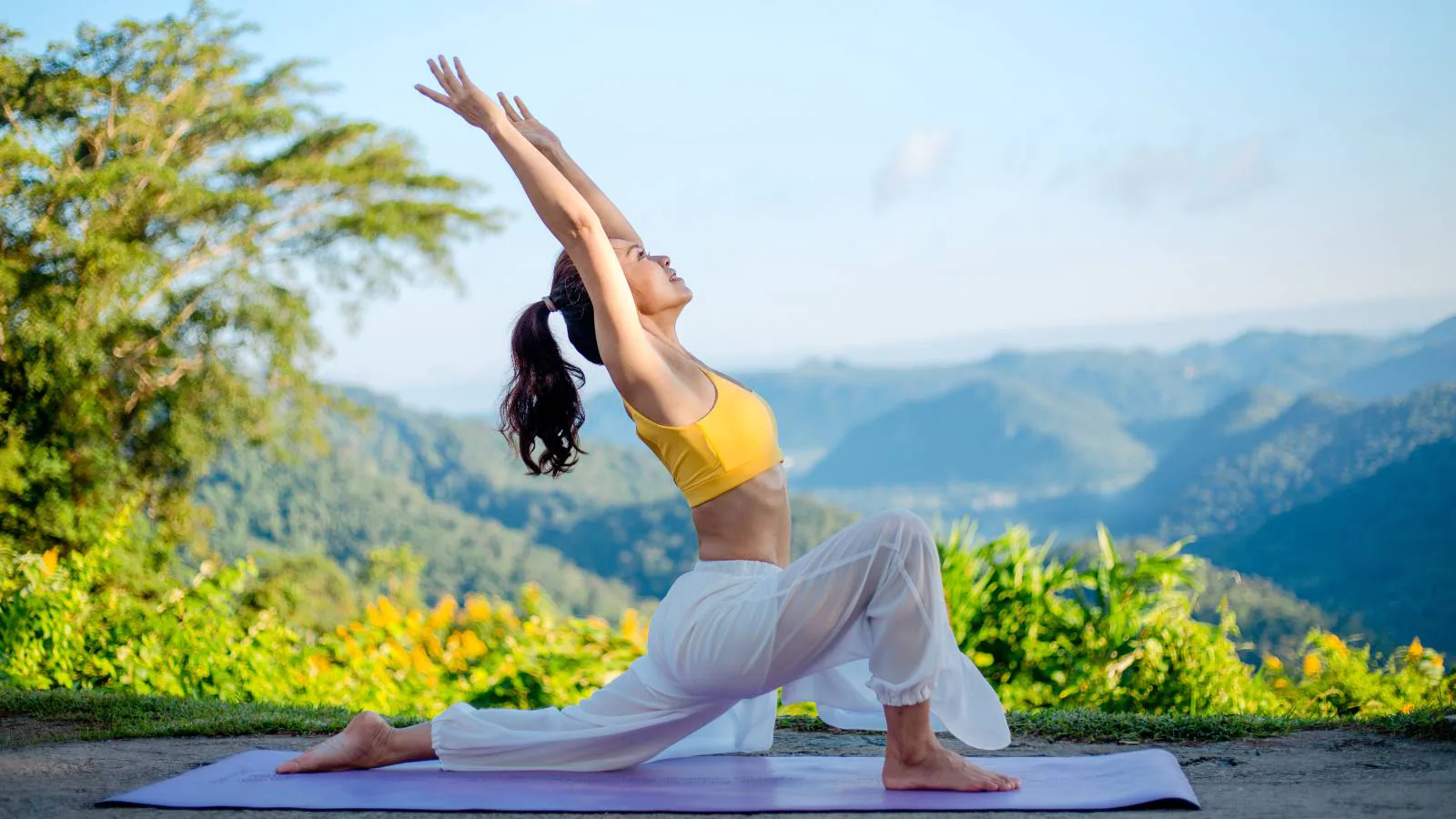Yoga is an ancient practice that has gained widespread popularity in recent years due to its numerous physical, mental, and emotional benefits. However, many people are unaware that there are different levels of yoga practice. Understanding the different levels can help you choose the right type of yoga practice that aligns with your experience level and physical abilities. In this article, we will explore the different levels of yoga practice and what you can expect from each level.
What Is Yoga Practice?
Yoga practice is the physical, mental, and spiritual discipline that originated in ancient India. It involves various techniques and practices that aim to harmonize and integrate the body, mind, and spirit. Yoga practice can include physical postures, breathing exercises, meditation, and lifestyle practices.
The physical postures, or asanas, are perhaps the most commonly known aspect of yoga practice in the Western world. These postures are designed to improve flexibility, strength, balance, and overall physical health. Yoga practice also includes pranayama, or breathing exercises, which help to regulate the breath and enhance vitality. Meditation is another important aspect of yoga practice, which involves focusing the mind and cultivating inner awareness.
Yoga practice is not just a physical exercise but also a way of life. It includes a set of ethical and moral guidelines, or yamas and niyamas, which encourage practitioners to live in a compassionate and mindful way. The practice of yoga also emphasizes the importance of self-reflection, self-awareness, and self-transformation.
Yoga practice can be beneficial for people of all ages and abilities. It can help to reduce stress, improve mental clarity, enhance physical fitness, and promote overall well-being. While yoga practice can be challenging at times, it is ultimately a rewarding and transformative experience for those who choose to commit to it.
The Levels of Yoga Practice:
Yoga is typically divided into three levels: beginner, intermediate, and advanced. Let’s take a closer look at each level.
- Beginner Level: As the name suggests, this level is for those who are new to yoga or have very little experience with the practice. At this level, the focus is on building a strong foundation and understanding the basic poses and breathing techniques. The pace of the class is slower, and there is more emphasis on proper alignment and modifications to accommodate different body types and limitations. A beginner level class may include poses such as mountain pose, downward-facing dog, and warrior I.
- Intermediate Level: This level is for those who have a good understanding of the basic yoga poses and are ready to take their practice to the next level. At this level, the pace of the class is faster, and there is more emphasis on flowing from one pose to another. The poses are more challenging and may require more strength, flexibility, and balance. An intermediate level class may include poses such as chair pose, eagle pose, and half moon pose.
- Advanced Level: This level is for experienced yogis who have a deep understanding of the practice and are ready for a more intense and challenging class. At this level, the pace of the class is very fast, and the poses require a high level of strength, flexibility, and balance. Advanced level classes may include poses such as handstand, headstand, and advanced arm balances.
It’s important to note that the levels of yoga practice are not set in stone. Each teacher and studio may have their own interpretation of what constitutes a beginner, intermediate, or advanced level class. Some studios may offer classes that are a mix of different levels, such as a beginner/intermediate class.
Comparing the Different Levels:
To help you better understand the differences between the different levels of yoga practice, here is a comparison table:
| Level | Focus | Pace | Poses |
|---|---|---|---|
| Beginner | Building a foundation, basic poses, modifications | Slow | Mountain pose, downward-facing dog, warrior I |
| Intermediate | Flowing from one pose to another, challenging poses | Medium | Chair pose, eagle pose, half moon pose |
| Advanced | High intensity, advanced poses | Fast | Handstand, headstand, advanced arm balances |
How To Improve Your Level Of Yoga?
Improving your level of yoga requires consistent practice and dedication. Here are some tips to help you improve your yoga practice:
- Set realistic goals: Before you begin, set some goals for yourself. Be sure to make them achievable and measurable. For example, if your goal is to improve your flexibility, set a goal to be able to touch your toes within a certain time frame.
- Practice regularly: Consistency is key when it comes to improving your yoga practice. Even if you only have a few minutes a day, try to practice regularly. This will help you build strength, flexibility, and endurance.
- Focus on your breath: Your breath is an essential part of your yoga practice. By focusing on your breath, you can help calm your mind and increase your focus. In addition, focusing on your breath can help you stay in poses for longer periods.
- Challenge yourself: Once you feel comfortable with your current practice, challenge yourself by trying new poses or longer holds. This will help you continue to progress and improve.
- Attend classes or workshops: Attending yoga classes or workshops can be a great way to learn new techniques and get feedback on your practice. In addition, practicing with others can be a motivating factor in improving your practice.
- Listen to your body: It’s important to listen to your body and not push yourself too hard. If a pose doesn’t feel right or causes pain, modify it or skip it altogether. Remember that yoga is a personal practice, and what works for one person may not work for another.
By following these tips and staying committed to your practice, you can improve your level of yoga over time. Remember to be patient and kind to yourself throughout the process.
Great Yoga Mat Towel – Yogitoes
About this product:
- Anti-Slip Bottom: Patented Skidless Technology with silicone nubs for superior grip during hot and sweaty yoga.
- Yoga Support: Ultra absorbent, quick-drying, and sustainable Yogitoes in beautiful designs.
- Eco-Friendly: Made from at least four recycled plastic bottles, reducing energy consumption, and free from harmful dyes.
Conclusion:
Understanding the different levels of yoga practice can help you choose the right type of yoga that aligns with your experience level and physical abilities. Whether you are a beginner, intermediate, or advanced yogi, there is a level of yoga practice that can help you deepen your practice and reap the benefits of this ancient practice.
Remember, yoga is a personal journey, and it’s important to listen to your body and work within your limits to avoid injury and promote growth.
Originally posted 2023-04-22 22:13:30.





